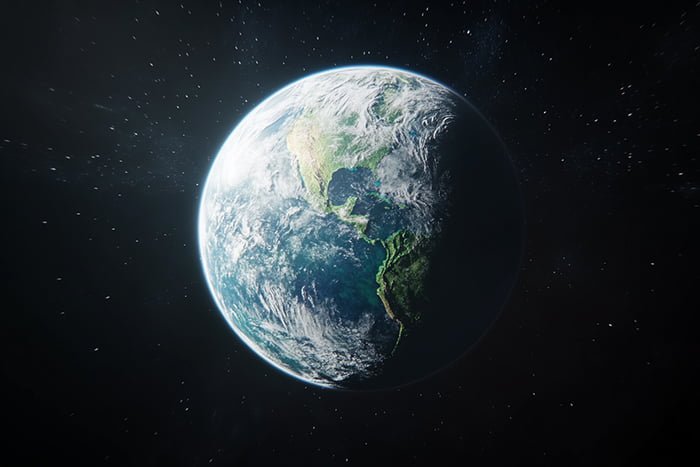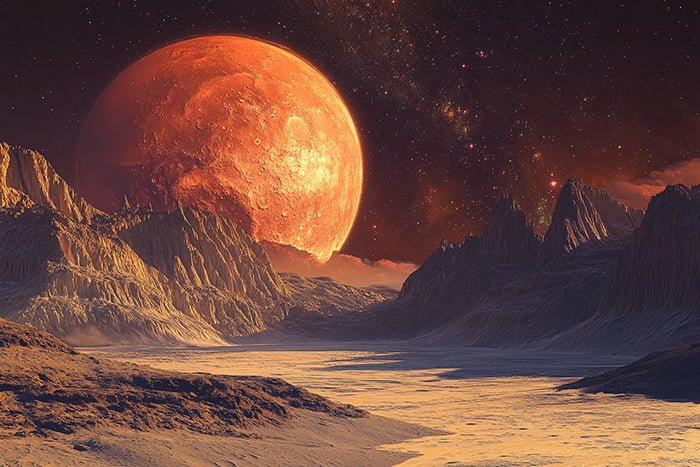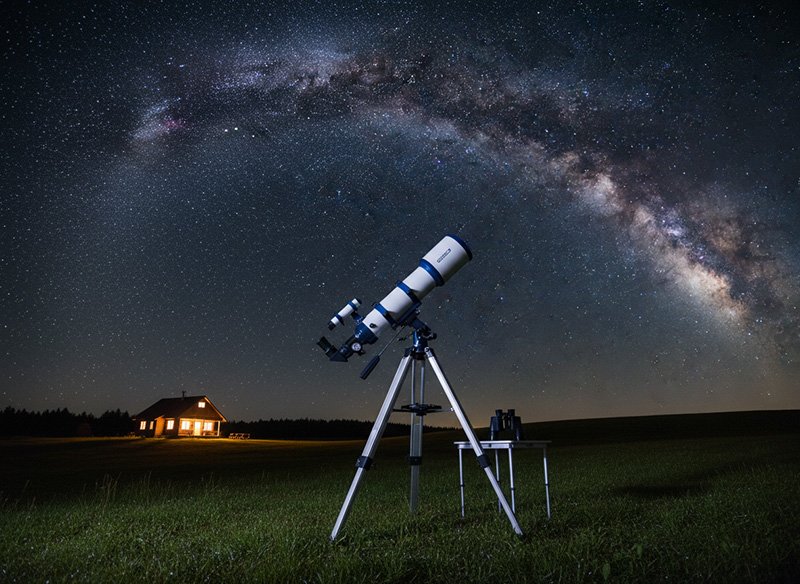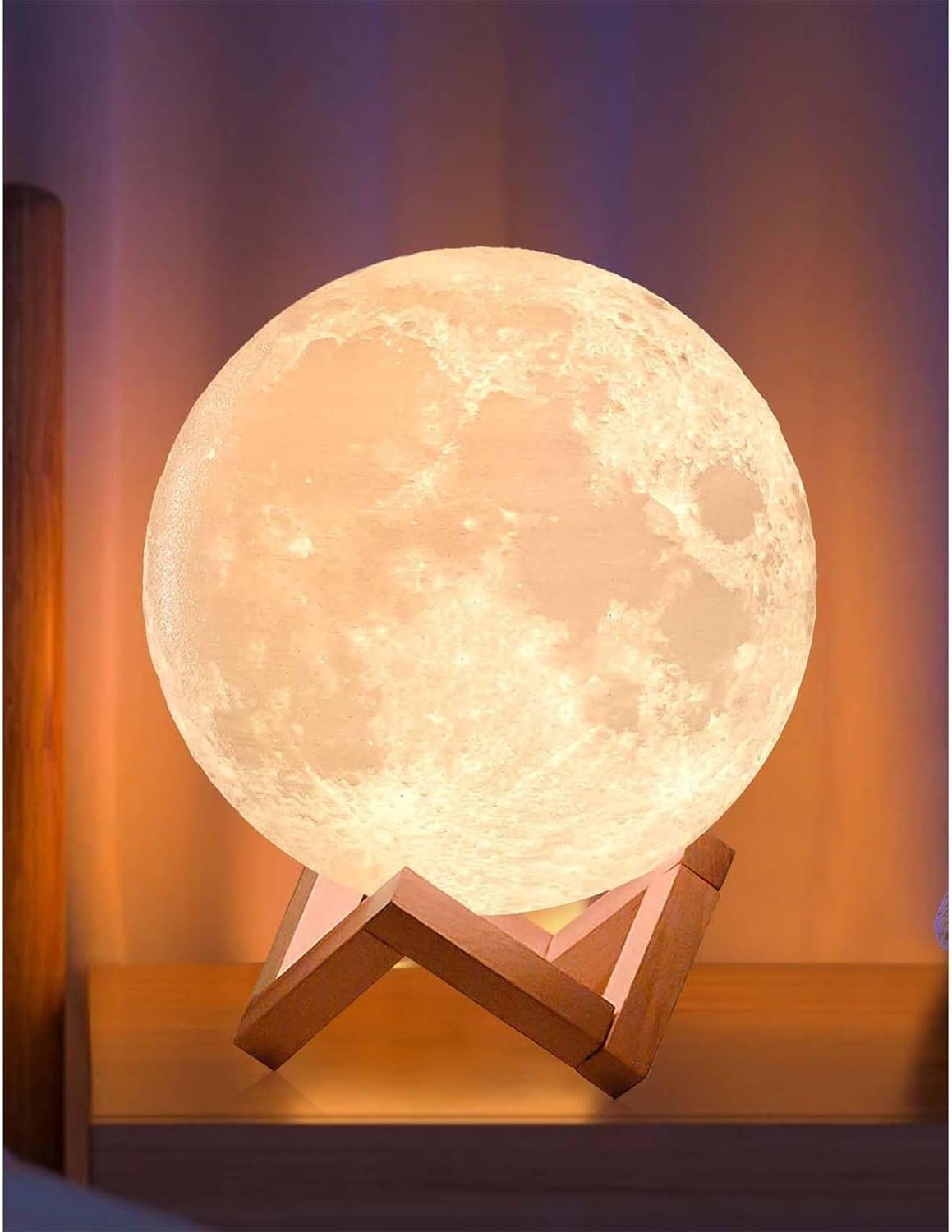Earth, the only known planet with life, formed 4.5B years ago. It has a dynamic surface, protective atmosphere, and diverse ecosystems.
Key Takeaways 📝
- Earth, the only known planet with life, formed approximately 4.5 billion years ago, highlighting the extraordinary age and unique conditions necessary for life.
- Around 71% of Earth’s surface is covered by water, containing about 1.3 billion cubic kilometers of water, essential for regulating the climate and supporting diverse ecosystems.
- The planet’s magnetic field, generated by its core, acts as a shield against harmful solar radiation, underlining the importance of Earth’s internal structure in sustaining life.
- The dynamic nature of Earth’s tectonic plates continuously reshapes continents and landscapes, illustrating the ever-changing nature of our planet.
- The future sustainability of Earth depends on humanity’s actions concerning climate change, environmental conservation, and resource management, emphasizing our role in protecting this unique celestial body.
Planet Earth, the third rock from the Sun, is the only known world in the universe that harbors life. As the home to billions of humans and countless other species, Earth is a truly remarkable and complex celestial body. In this comprehensive blog post, we will delve into the fascinating facts and intricate details that make our planet so unique and captivating.
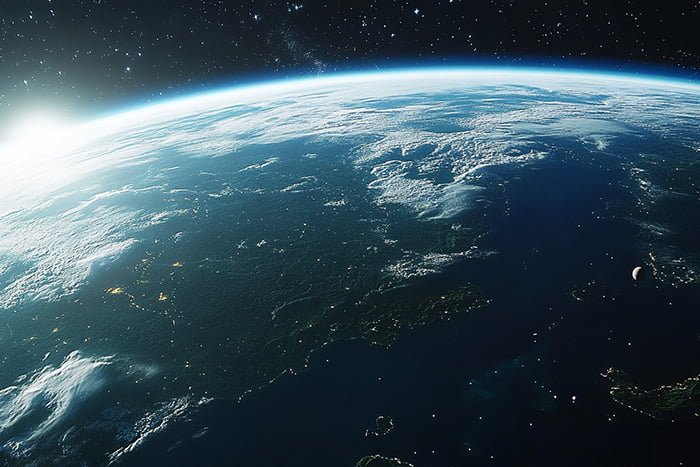
The Formation and Structure of Earth
Earth is believed to have formed around 4.5 billion years ago, a mere one-third the age of the universe. The prevailing theory suggests that the planet arose from the gradual accretion of dust and gas within the solar nebula, the same swirling cloud of material that gave birth to the Sun and the rest of the Solar System.
At its core, Earth is composed of a solid inner core made primarily of iron and nickel, surrounded by a molten outer core. This core is responsible for generating the planet’s powerful magnetic field, which acts as a shield against harmful solar radiation and cosmic particles. Enveloping the core is the thick, viscous mantle, a layer of semi-molten rock that makes up the majority of Earth’s interior. Sitting atop the mantle is the relatively thin, solid crust, which forms the surface we inhabit.
The Continents and Oceans
Earth’s surface is a dynamic and ever-changing landscape, with roughly 71% of it covered by water and the remaining 29% composed of land. The continents, which include Asia, Africa, Europe, North America, South America, Australia, and Antarctica, are constantly shifting and reshaping due to the movement of tectonic plates, the massive slabs of the Earth’s crust that slowly glide over the underlying mantle.
The oceans, which contain an estimated 1.3 billion cubic kilometers of water, play a crucial role in regulating the planet’s climate, supporting a vast and diverse ecosystem, and providing a vital resource for human activities such as transportation, fishing, and energy production.
The Atmosphere and Climate
Surrounding the Earth is a delicate and complex atmosphere, a thin layer of gases that protects the planet from the harsh conditions of space. Composed primarily of nitrogen (78%), oxygen (21%), and trace amounts of other gases, the atmosphere is responsible for maintaining the temperature and climate conditions necessary for life to thrive.
The atmosphere is divided into several distinct layers, each with its own unique characteristics and properties. The troposphere, the lowest layer, is where most of Earth’s weather phenomena occur, while the upper layers, such as the stratosphere and mesosphere, play a crucial role in shielding the planet from harmful ultraviolet radiation.
The Earth’s tilt on its axis, combined with its elliptical orbit around the Sun, is what gives rise to the seasonal changes we experience, with the northern and southern hemispheres experiencing summer and winter at different times of the year.
The Hydrosphere and Biosphere
Earth’s hydrosphere, the combined mass of all water found on, under, and above the planet’s surface, is a vital component of the global ecosystem. The oceans, lakes, rivers, and underground aquifers not only support a vast array of marine life but also play a crucial role in the water cycle, the continuous movement of water through the atmosphere, land, and oceans.
The biosphere, the sum total of all living organisms on Earth, is a testament to the planet’s remarkable ability to sustain life. From the deepest ocean trenches to the highest mountain peaks, life has adapted to thrive in every conceivable environment, showcasing the incredible resilience and diversity of the natural world.
The Moon and Earth’s Satellites

Earth’s sole natural satellite, the Moon, has played a pivotal role in shaping the planet’s evolution and the development of life. The Moon’s gravitational pull is responsible for the tides that shape coastal environments, and its stabilizing influence on Earth’s axial tilt helps maintain the relatively stable climate that has allowed life to flourish.
In addition to the Moon, Earth is also host to a growing number of artificial satellites, which serve a wide range of purposes, from communication and navigation to scientific research and Earth observation.
The Future of Planet Earth
As we look to the future, it is clear that the fate of our planet is inextricably linked to the actions and decisions of humanity. Challenges such as climate change, environmental degradation, and resource depletion pose significant threats to the long-term sustainability of life on Earth.
However, with the continued advancement of science, technology, and our collective understanding of the natural world, there is reason for cautious optimism. By embracing sustainable practices, investing in renewable energy sources, and protecting the delicate balance of the Earth’s ecosystems, we can work to ensure that our planet remains a vibrant and habitable home for generations to come.
Conclusion
Planet Earth is a marvel of nature, a complex and dynamic world that has captivated the human imagination for millennia. From its formation in the early days of the Solar System to the intricate web of life that now covers its surface, Earth is a testament to the incredible power and resilience of the natural world.
As we continue to explore and study our home planet, we can only marvel at the wonders that it holds and strive to be responsible stewards of this precious and irreplaceable resource. By understanding and appreciating the incredible complexity and beauty of Earth, we can work to ensure that it remains a thriving and vibrant world for generations to come.

